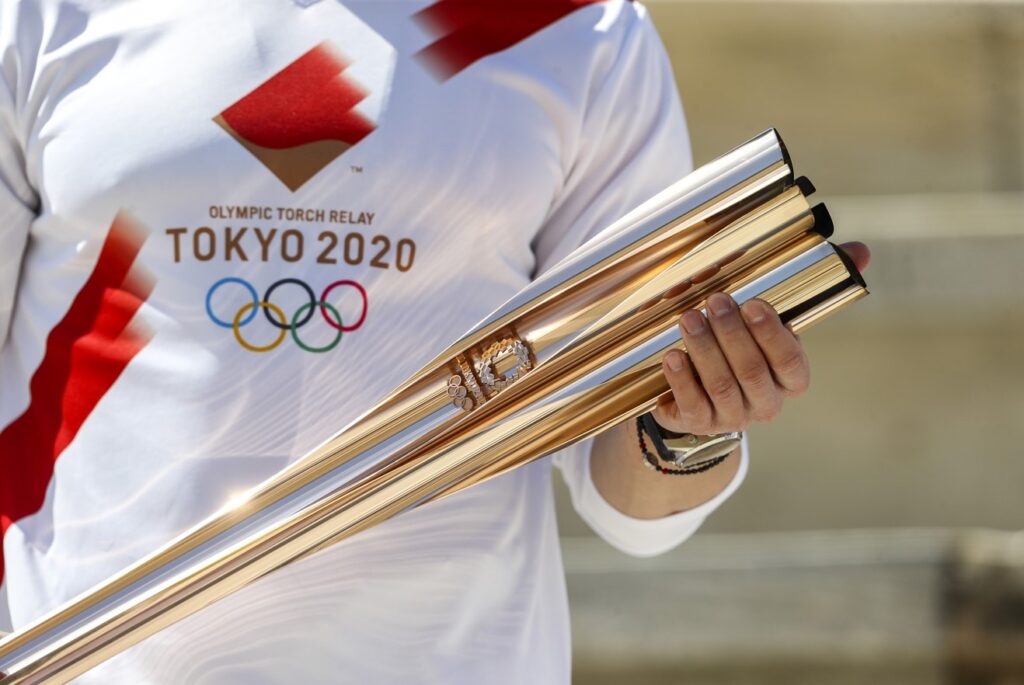We are often called upon to evaluate whether a proposed brand is available as a mark for our client’s goods or services. We consider such issues as whether the mark is too descriptive to function as a trademark for those products, and whether prior users or registrations might present problems for our client’s proposed use. We then report to the client about the mark’s availability for use (and registration), based on the information uncovered during our investigation. Sometimes we counsel the client not to use a proposed mark. Our clients usually listen to this advice, … but not always.
The best mark is one that is distinctive, memorable, easily pronounced and spelled, perhaps suggestive of the nature of the client’s goods or services and is readily distinguishable from the brands of client competitors. Another nice attribute for a mark is “staying power.” In other words, if the client is going to spend valuable marketing dollars promoting its new brand, it wants that mark to maintain its vitality over time. Some marks are, by their very nature, dated and might be considered to be fad marks. For instance, a mark that references a year or a specific event may lose its cachet once that year has passed or that event is over. The term “Y2K” was a big deal just before the turn of the century. Before the year 2000, 310 federal trademark applications were filed that included the term Y2K. Twenty-five of those became registrations. All of those registrations are now canceled.
Remember when 2020 was going to be a banner year? Prior to March 15, 2020, there were 712 active federal trademark applications or registrations that included the term “2020.” Then the world ground to a halt as COVID infections surged. Many now would like to forget the year 2020 and consequently, many companies backed away from brands that included that term (even in the eyewear industry). Some were committed to it, however. For example, we had the fanless “Tokyo 2020 Olympics” (held, of course, in the summer of 2021). Another fad mark example stems from then-president Donald Trump’s May 31, 2017 Tweet that included the nonsense term “COVFEFE.” Shortly thereafter, 44 federal trademark applications were filed for marks including the term COVFEFE.
None of those applications matured into a registration (43 were abandoned, with one still pending – but rejected). There are some marks that start out just fine, and then become a wee bit confusing over time.
Have you tried to explain to a seven-year-old why the BIG 10 collegiate athletic conference has 14 teams? This might be called “trademark drift.” The BIG 10 was an apt moniker for forty years, but then the conference expanded to 11 schools in 1990, to 12 schools in 2012, and to 14 schools in 2014. Likewise, the BIG 12 conference appropriately had 12 member schools when formed in 1996, but since 2012 has only had ten members. This is higher education at its finest. And then there are those marks that fall from favor over time as society awakens to their insensitivity. In 2020, Land O’ Lakes removed the indigenous woman from its iconic butter packaging logo mark and Washington’s professional football team dropped its REDSKINS nickname. For the brand owner, this rebranding process presents an opportunity for spinning a new brand narrative (if handled correctly). This situation was put on display earlier this year when Cleveland’s major league baseball team announced it was dropping its INDIANS nickname, to forevermore be known as the “CLEVELAND GUARDIANS.” Trademark issues popped up right away when it came to light that “Cleveland Guardians” was a team name that had been used by a local roller derby team (who also owned the domain name www.clevelandguardians.com). How could that happen to a team in the brand-savvy Major League Baseball industry? We may never know but, for the record: we were not involved.










